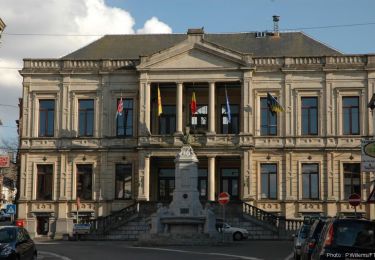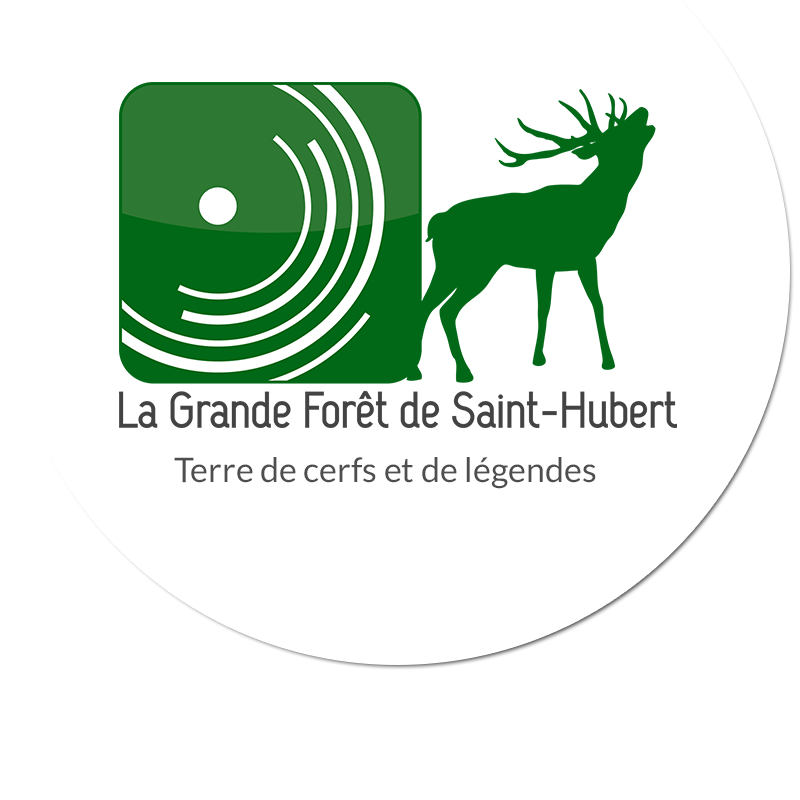

Located at a place called ‘L’abreuvoir’ “The drinking trough”, the pond, fed by its own spring, already appeared on the IGN map of 1841. It was probably created at the same time as a road, the Chaussée Marie-Thérèse, which served as its bank, and was used for watering cart animals.
It was also useful for both cattle and sheep and goats, being the final gathering place for the herdsman and shepherd, who would leave from the lower end of
the village after assembling the livestock from each house, in order to lead them to communal grazing.
The pond has abundant aquatic plant life. Unfortunately this is now under threat from a thick layer of liquid mud produced by an imported species, the Canadian waterweed (Elodea canadensis). This plant also depletes ponds of aquatic invertebrates, colonising the entire depth of free
water and eliminating all other forms of life.
In terms of fauna, the green frog and smooth newt have survived, but the crested newt is becoming increasingly scarce. Dragonflies and damselflies can be observed
here, and moorhen live permanently on the site. In recent years, the pond has become the spring-time destination of
a pair of Canada Geese.

Motor


Motor

Motor

Motor

Motor


Walking


Randonnées de la Grande Forêt de Saint-Hubert GUIDE+